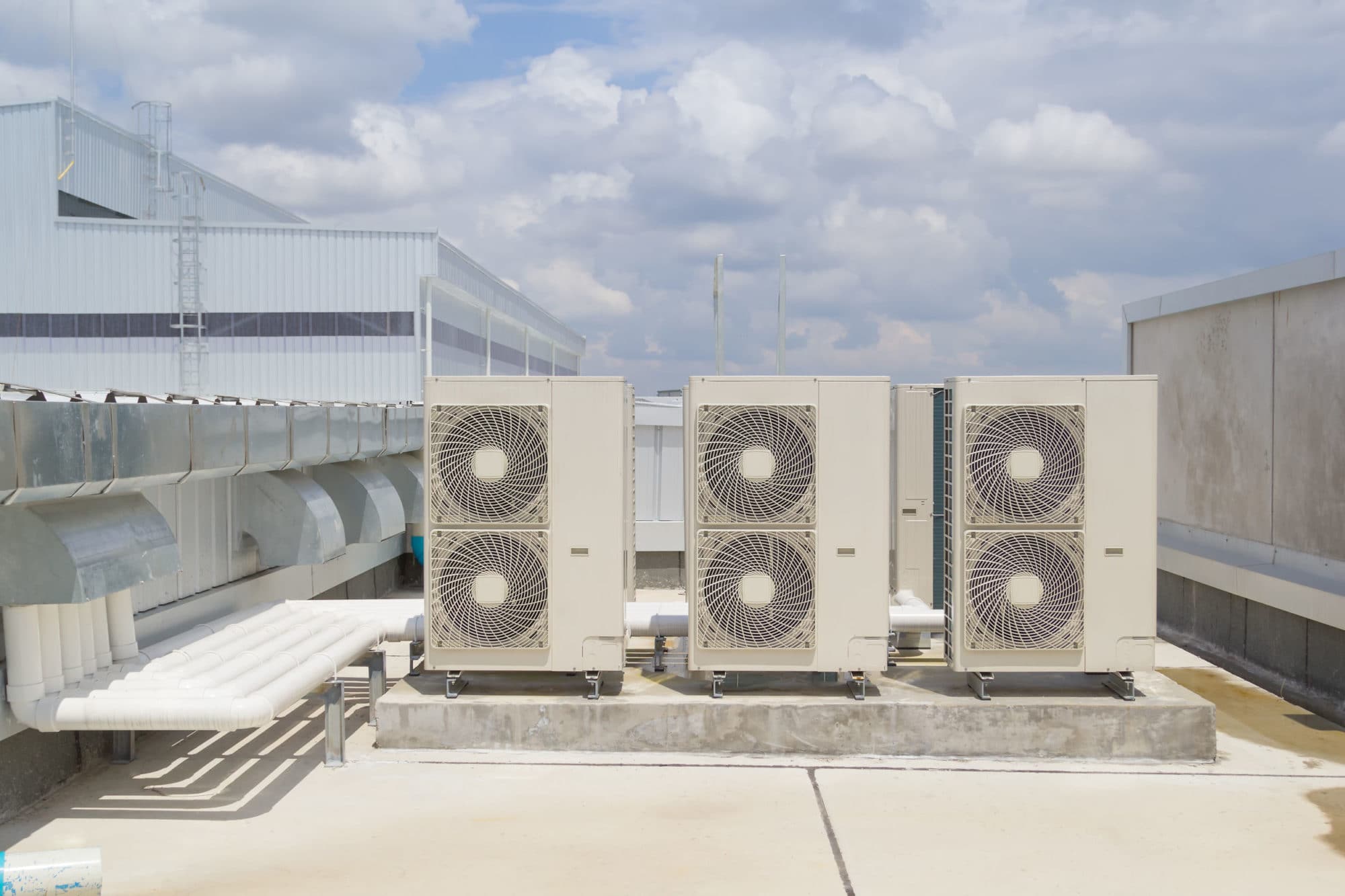

Articles
How To Reduce HVAC Noise
Modified: October 20, 2024
Discover helpful articles on how to reduce HVAC noise and create a more peaceful environment. Find practical tips and solutions to minimize disruptive sounds in your home.
(Many of the links in this article redirect to a specific reviewed product. Your purchase of these products through affiliate links helps to generate commission for Storables.com, at no extra cost. Learn more)
Introduction
Welcome to our comprehensive guide on reducing HVAC noise. HVAC systems, or Heating, Ventilation, and Air Conditioning systems, are essential for maintaining a comfortable indoor environment. However, the noise produced by these systems can be a major source of annoyance and disruption. If you find yourself constantly bothered by the hum, buzz, or rattling sounds coming from your HVAC unit, you’ve come to the right place.
In this article, we will delve into the world of HVAC noise, exploring its causes and the impact it can have on our daily lives. More importantly, we will provide practical strategies to help you minimize and reduce the noise generated by your HVAC system, ensuring a peaceful and quiet atmosphere indoors.
Understanding the different factors that contribute to HVAC noise is key to finding effective solutions. Whether it’s the sound of air rushing through the ductwork, the vibrations of the condenser unit, or the whirring of the blower fan, we will discuss each of these common causes in detail.
Assessing the impact of HVAC noise is also crucial. Excessive noise can lead to sleep disruption, decreased productivity, and overall discomfort in the living or working space. We’ll explore the potential consequences of living with a noisy HVAC system, motivating you to take action.
Once you have a clear understanding of the problem and its effects, we’ll dive into actionable strategies for reducing HVAC noise. From soundproofing the HVAC unit and insulating ductwork to installing noise-canceling devices and performing regular maintenance, we’ll provide you with a wide range of solutions.
So, if you’re ready to regain peace and quiet in your environment, let’s get started on our journey to reduce HVAC noise!
Key Takeaways:
- Understanding the Impact of HVAC Noise
Excessive HVAC noise can disrupt sleep, decrease productivity, and cause stress. Addressing noise issues is crucial for creating a peaceful and comfortable living or working environment. - Practical Strategies for Reducing HVAC Noise
Implementing soundproofing, insulation, noise-canceling devices, maintenance, and component relocation can significantly reduce HVAC noise. Tailoring these strategies to your specific system can lead to a quieter and more comfortable indoor environment.
Read more: How To Reduce Projector Fan Noise
Understanding HVAC Noise
HVAC noise refers to any unwanted sound produced by heating, ventilation, and air conditioning systems. This noise can come from various components of the system, such as the fans, compressors, motors, and ductwork. The intensity and frequency of the noise can vary depending on factors such as the type of HVAC system, its age, and overall condition.
Undoubtedly, some level of sound is expected with HVAC systems, given their complex mechanisms and the movement of air and refrigerant. However, excessive or disruptive noise can be a sign of underlying issues that need attention. Furthermore, constant exposure to loud HVAC noise can have negative impacts on our well-being.
When it comes to HVAC noise, there are a few key terms to understand:
- Decibels (dB): This is the unit used to measure sound levels. The higher the number of decibels, the louder the sound. For reference, a typical refrigerator operates at around 40 dB, while a conversation in a quiet room may be around 50 dB.
- Sound Pressure Level (SPL): This is a measurement of the sound intensity at a specific location. It takes into account both the volume of sound and the distance from the source.
- Frequency: This refers to the pitch or tone of the sound. Different HVAC components can produce noise at varying frequencies, ranging from low-frequency rumbling sounds to high-pitched whining sounds.
It’s important to note that what may be perceived as loud or bothersome noise by one person might not be as noticeable or irritating to another. Factors such as individual sensitivity to noise, the context in which the noise occurs, and personal preferences can influence our perception of HVAC noise.
In the next sections of this article, we will explore the common causes of HVAC noise, assess its impact, and provide practical strategies for reducing and minimizing the noise produced by these systems. By addressing HVAC noise effectively, you can create a peaceful and comfortable living or working environment for yourself and others.
Common Causes of HVAC Noise
There are several common causes of HVAC noise that can disrupt the tranquility of your space. Understanding these causes can help you pinpoint the source of the noise and implement appropriate solutions. So, let’s dive into some of the most prevalent reasons behind HVAC noise:
- Fan and Blower Noise: The fans and blowers in HVAC systems are responsible for circulating air throughout the space. However, over time, these components can become misaligned, clogged with debris, or develop worn-out bearings, resulting in rattling or buzzing noises.
- Ductwork Noise: Air ducts are used to distribute conditioned air throughout the building. Poorly installed or inadequately insulated ductwork can cause rattling or whooshing sounds as air moves through the system. In some cases, the ducts may have loose connections or be too small, leading to increased turbulence and noise.
- Compressor Noise: The compressor is the heart of an HVAC system and responsible for circulating refrigerant. A noisy compressor may indicate a problem such as worn-out internal components or a faulty motor. This can result in loud humming, clanking, or metallic sounds.
- Refrigerant Flow Noise: As refrigerant flows through the system, it can produce gurgling or bubbling sounds. This could be due to low refrigerant levels, blockages in the system, or issues with the expansion valve.
- Vibration and Mechanical Noise: HVAC equipment, particularly older units, can generate vibrations that transfer to the surrounding structure, amplifying the noise. Loose or unbalanced parts, faulty motor mounts, or worn-out bearings can contribute to this type of noise.
It’s worth noting that the noise level produced by HVAC systems can vary depending on the type and brand of the equipment. Some units are designed to operate quietly, incorporating noise-reducing features such as insulated cabinets, vibration dampening materials, and advanced fan blade designs.
Identifying the specific cause of HVAC noise can be challenging, especially if you’re not familiar with the inner workings of these systems. In the next section, we will explore the impact of HVAC noise and how it can affect us in our daily lives.
Assessing the Impact of HVAC Noise
HVAC noise may seem like a minor inconvenience, but its impact can extend well beyond a simple annoyance. Excessive noise from heating, ventilation, and air conditioning systems can have several negative effects on our well-being, productivity, and overall quality of life.
Here are some key aspects to consider when assessing the impact of HVAC noise:
- Sleep Disruption: Noisy HVAC systems can interfere with our ability to get a good night’s sleep. Constant background noise or sudden loud noises can disrupt our sleep patterns, leading to a less restful sleep and potential health issues.
- Decreased Productivity: If your HVAC system is located in a work environment, such as an office or commercial space, the noise can greatly impact productivity. Employees may have difficulty concentrating on their tasks, communicating with colleagues, or participating in meetings.
- Stress and Irritability: Prolonged exposure to loud HVAC noise can increase stress levels and contribute to irritability. This can have a negative impact on our overall mood, well-being, and even our relationships with others.
- Speech Intelligibility: Excessive HVAC noise can make it challenging to have clear conversations, especially in areas where communication is essential, like classrooms, medical facilities, or conference rooms.
- Disturbance in Residential Settings: In residential settings, the noise from HVAC units can disrupt the peaceful atmosphere in our homes. It can interfere with daily activities, relaxation, and even enjoyment of our living spaces.
It’s important to note that the impact of HVAC noise can vary from person to person. Some individuals may be more tolerant of noise and able to filter it out, while others may be highly sensitive and easily disturbed by even low levels of noise.
Assessing the impact of HVAC noise in your specific context is crucial to understanding the urgency for implementing noise reduction strategies. By addressing the noise issues effectively, you can create a more comfortable and productive environment for yourself, your family, or your employees.
In the next section, we will delve into practical strategies for reducing HVAC noise, allowing you to regain peace and quiet in your indoor space.
Strategies for Reducing HVAC Noise
To minimize and reduce HVAC noise, there are several effective strategies you can implement. By addressing the root causes of the noise and taking appropriate steps, you can create a quieter and more peaceful environment. Let’s explore some of these strategies:
- Soundproofing the HVAC Unit: One of the most effective ways to reduce HVAC noise is by soundproofing the unit itself. You can do this by installing noise-reducing materials, such as acoustic insulation or sound barriers, around the unit. These materials help absorb and dampen the noise, preventing it from traveling to the surrounding area.
- Insulating Ductwork: Insulating the ductwork is another essential step in reducing HVAC noise. Adding insulation to the ducts helps to dampen the sound as the air flows through them. This minimizes the rattling or whooshing noises that can occur when air moves through uninsulated or poorly insulated ducts.
- Installing Noise-Canceling Devices: Noise-canceling devices, such as vibration isolators or anti-vibration pads, can help reduce the vibrations and noise produced by HVAC equipment. These devices absorb vibrations and prevent them from being transmitted to the surrounding structure, effectively reducing overall noise levels.
- Regular Maintenance and Cleaning: Proper maintenance is essential for keeping HVAC systems in top condition and reducing noise. Regularly cleaning or replacing air filters, lubricating moving parts, and tightening loose connections can help prevent issues that can lead to increased noise levels.
- Relocating Noisy Components: If possible, consider relocating noisy components of your HVAC system. For example, moving the condenser unit or compressor to a less frequented area can help minimize the noise impact on your living or working space. However, ensure that the new location meets safety and operational requirements.
It’s important to note that the implementation of these strategies may vary depending on the specifics of your HVAC system and the level of noise you are experiencing. It’s always recommended to consult with HVAC professionals who can assess your system and provide tailored recommendations.
By combining these strategies and addressing the specific sources of HVAC noise, you can significantly reduce the noise levels and create a more serene environment. Not only will this enhance your comfort, but it will also promote better sleep, increased productivity, and an improved quality of life.
Let’s wrap up our guide in the next section, summarizing the key points and encouraging you to take action to reduce HVAC noise.
Read more: How To Reduce Electric Motor Noise
Soundproofing the HVAC Unit
Soundproofing the HVAC unit itself is an effective strategy for reducing the noise that it generates. By implementing soundproofing measures, you can minimize the noise before it reaches the surrounding area. Here are some steps you can take to soundproof your HVAC unit:
- Inspect for Gaps or Openings: Start by inspecting the HVAC unit for any gaps or openings. These openings can allow noise to escape and penetrate into the surrounding space. Seal any gaps or cracks using weather-stripping, silicone caulking, or other appropriate sealants.
- Apply Acoustic Insulation: Acoustic insulation is a key component in soundproofing HVAC units. It helps absorb and dampen the sound waves, preventing them from traveling through the walls of the unit. Install acoustic insulation around the inner walls of the HVAC unit, focusing on areas where noise is likely to originate, such as the compressor, fan housing, or motor.
- Use Sound Barrier Materials: Sound barrier materials can further reduce the noise transmission from the HVAC unit. These materials are dense and heavy, making it harder for sound waves to pass through. Consider using materials such as mass-loaded vinyl or soundproofing curtains to create a barrier around the HVAC unit.
- Install Vibration Isolators: Vibrations from the HVAC unit can contribute to the overall noise levels. Install vibration isolators or anti-vibration pads under the unit to absorb vibrations and reduce the noise they create. This helps prevent the vibrations from transferring to the surrounding structure, minimizing the overall noise impact.
- Consider Noise-Reduction Enclosures: In certain cases, enclosing the HVAC unit in a noise-reduction enclosure can provide additional soundproofing. These enclosures are designed to contain and muffle the noise generated by the unit. Ensure that the enclosure allows proper ventilation and doesn’t compromise the unit’s functionality.
Keep in mind that soundproofing the HVAC unit requires careful consideration of safety and maintenance requirements. It’s important to consult with HVAC professionals or soundproofing experts who can guide you in selecting the appropriate materials and methods for your specific unit.
By soundproofing the HVAC unit, you can significantly reduce the noise it produces and create a quieter environment in your living or working space. Implementing these measures will not only enhance your comfort but also contribute to a more peaceful and productive atmosphere.
Next, we’ll explore another strategy for reducing HVAC noise – insulating the ductwork.
Consider installing soundproofing materials around the HVAC unit and ductwork to reduce noise transmission. This can include acoustic panels, insulation, and vibration isolators.
Insulating Ductwork
Insulating the ductwork is a crucial step in reducing HVAC noise, particularly the rattling or whooshing sounds that can occur as air moves through the ducts. Insulating the ducts helps to dampen the sound and minimize noise transmission. Here’s how you can effectively insulate your ductwork:
- Choose the Right Insulation Material: There are various insulation materials available for ductwork, such as fiberglass, foam board, or reflective insulation. Consider factors such as the insulation’s sound-deadening properties, fire resistance, and energy efficiency when selecting the appropriate material for your ductwork.
- Measure and Cut Insulation: Take accurate measurements of your ductwork to determine the amount of insulation needed. Cut the insulation material to fit around the ducts, ensuring a snug and complete coverage. Make sure to leave enough space around access points or connections for future maintenance or repairs.
- Seal Joints and Connections: Before installing the insulation, ensure that all joints and connections of the ductwork are properly sealed. Use duct tape or mastic sealant to prevent air leaks, which can contribute to increased noise levels and decreased energy efficiency.
- Wrap the Ducts: Wrap the insulation material around the ducts, overlapping the edges to create a secure and continuous layer. Use insulation fasteners or adhesive tape to hold the insulation in place. Pay close attention to corners, bends, and irregularities in the ductwork to ensure proper coverage.
- Consider Sound-Absorbing Liners: For an extra layer of noise reduction, consider installing sound-absorbing liners on the interior of the ductwork. These liners are specially designed to absorb sound waves, minimizing noise transmission through the ducts.
Insulating the ductwork not only helps reduce noise but also provides other benefits. It helps improve energy efficiency by preventing heat loss or gain in the ducts, resulting in lower energy bills. Additionally, it helps maintain consistent temperature levels throughout the space, improving overall comfort.
When insulating the ductwork, it’s essential to follow safety guidelines and ensure proper ventilation in the system. Seek advice from HVAC professionals if you’re unsure about the insulation materials or techniques to use.
By insulating the ductwork, you can significantly reduce the noise created by air moving through the system, creating a quieter environment in your home or workplace. This step, combined with soundproofing the HVAC unit, will contribute to a more peaceful and enjoyable atmosphere.
Next, we’ll explore another useful strategy for reducing HVAC noise – installing noise-canceling devices.
Installing Noise-Canceling Devices
Installing noise-canceling devices is another effective strategy for reducing HVAC noise. These devices are designed to absorb or counteract the sound waves generated by the HVAC system, minimizing the overall noise levels. Here are some popular noise-canceling devices you can consider:
- Vibration Isolators: Vibration isolators are devices that absorb and isolate the vibrations produced by HVAC components. By installing vibration isolators, such as rubber or neoprene pads, under the unit or individual components, you can effectively reduce the vibrations that contribute to the overall noise.
- Anti-Vibration Mounts: Similar to vibration isolators, anti-vibration mounts help minimize noise by reducing the transmission of vibrations. These mounts are typically made of rubber or other resilient materials and can be installed on fan motors, compressors, or other sources of vibration.
- Noise-Reducing Pads: Noise-reducing pads are placed under the HVAC unit or its components to dampen vibrations and reduce noise transmission. These pads are usually made of materials with sound-absorbing properties, such as foam, cork, or rubber. They provide an additional layer of insulation and help prevent the transfer of vibrations to the surrounding structure.
- Duct Silencers: Duct silencers, also known as acoustic attenuators, are devices installed in the ductwork to reduce noise as air flows through the system. These silencers consist of sound-absorbing materials housed in specially designed chambers. They effectively decrease the noise produced by high-velocity air movement and turbulent airflow.
- Sound-Absorbing Panels: Installing sound-absorbing panels on the walls or ceilings near the HVAC system can help reduce noise reflection and echo in the space. These panels are made of materials with sound-absorbing properties, such as acoustic foam or fabric-covered panels. They absorb sound waves and prevent them from bouncing back, resulting in a quieter environment.
When installing noise-canceling devices, carefully consider the specific needs and characteristics of your HVAC system. Seek guidance from HVAC professionals or soundproofing experts to ensure proper installation and compatibility with your system.
By incorporating these noise-canceling devices into your HVAC system, you can effectively reduce noise levels and create a more peaceful and comfortable environment. The installation of these devices, combined with soundproofing the HVAC unit and insulating the ductwork, will significantly contribute to noise reduction in your space.
Next, we’ll discuss the importance of regular maintenance and cleaning in reducing HVAC noise.
Regular Maintenance and Cleaning
Regular maintenance and cleaning of your HVAC system is vital for reducing noise and ensuring its efficient operation. Over time, wear and tear, accumulation of dirt, and loose components can contribute to increased noise levels. Here are some maintenance and cleaning practices to help minimize HVAC noise:
- Clean or Replace Air Filters: Dirty or clogged air filters can restrict airflow, causing the HVAC system to work harder and generate more noise. Regularly clean or replace your air filters according to the manufacturer’s recommendations to maintain proper airflow and reduce noise levels.
- Lubricate Moving Parts: HVAC systems have various moving parts, such as fan motors and bearings, that require proper lubrication for smooth operation. Insufficient lubrication can cause components to wear out faster and create unnecessary noise. Regularly lubricate these moving parts to reduce friction and minimize noise production.
- Tighten Loose Connections: As HVAC systems operate, vibrations can loosen connections between components, ductwork, or fasteners. Loose connections can lead to rattling or vibrating noises. Check for any loose connections and tighten them as necessary to minimize noise and ensure proper functioning.
- Clean the Condenser Unit: The condenser unit is located outside and can collect debris, such as leaves, dirt, or grass. This buildup can obstruct airflow and lead to louder operation and increased noise. Regularly clean the condenser unit to remove any debris and ensure optimal airflow and quieter performance.
- Inspect and Address Worn-Out Components: Over time, components of your HVAC system, such as fan blades or belts, can wear out and become noisy. Perform regular inspections and address any worn-out or damaged components promptly. Repair or replace these components to maintain quiet operation.
Following these maintenance and cleaning practices not only reduces noise but also improves the overall performance and longevity of your HVAC system. It’s recommended to consult the manufacturer’s guidelines or enlist the help of HVAC professionals for more specific maintenance requirements.
By maintaining and cleaning your HVAC system regularly, you can prevent potential noise issues, increase its efficiency, and enjoy a quieter and more comfortable environment in your home or workplace.
Next, let’s explore another strategy for reducing HVAC noise – relocating noisy components.
Read more: How Much Does Carpet Reduce Noise
Relocating Noisy Components
In some cases, relocating noisy components of your HVAC system can be an effective solution to reduce noise levels in your living or working space. By moving the source of the noise away from frequently occupied areas, you can create a quieter environment. Here are some considerations for relocating noisy components:
- Identify the Noisy Components: Determine which specific components of your HVAC system are producing the most noise. This could be the condenser unit, compressor, or even the blower fan. Identifying the source of the noise will help you determine whether relocating it is feasible and effective.
- Assess Safety and Operational Requirements: Before moving any components, consider the safety and operational requirements of the HVAC system. Certain components, such as the condenser unit, may require specific clearances or ventilation. Ensure that the new location meets these requirements for safe and efficient operation.
- Consult with HVAC Professionals: Relocating HVAC components can be a complex task that requires professional expertise. Seek guidance from HVAC professionals who can assess your system, suggest suitable alternatives, and perform the necessary adjustments with precision.
- Evaluate Structural Considerations: Consider the structural implications of relocating HVAC components. Some components may need to be securely mounted or placed on stable surfaces to minimize vibrations and noise. Additionally, ensure that any changes in location won’t compromise the structural integrity of your building.
- Plan for Proper Airflow: When relocating components such as the condenser unit, consider the impact on airflow. Ensure that the new location allows for proper ventilation and adequate clearance to maintain optimal cooling performance.
Relocating noisy components requires careful consideration of various factors, including safety, functionality, and structural integrity. It’s essential to consult with HVAC professionals who can assess your specific situation and guide you through the process.
By relocating noisy components, you can effectively reduce the noise impact on your living or working space. This strategy, combined with other noise reduction methods like soundproofing, insulation, and maintenance, can lead to a quieter and more comfortable environment overall.
Next, let’s wrap up our guide and summarize the key points we’ve discussed for reducing HVAC noise.
Conclusion
Reducing HVAC noise is essential for creating a peaceful and comfortable living or working environment. Excessive noise from heating, ventilation, and air conditioning systems can disrupt sleep, decrease productivity, and cause stress and irritation. By implementing the strategies outlined in this guide, you can effectively minimize and reduce HVAC noise.
We started by understanding HVAC noise and its various causes, including fan and blower noise, ductwork noise, compressor noise, refrigerant flow noise, and vibration and mechanical noise. Recognizing these sources of noise provides a foundation for addressing them effectively.
We then discussed the impact of HVAC noise, emphasizing sleep disruption, decreased productivity, stress, and disturbance in residential settings. Understanding the negative effects of noise helps to motivate action and prioritize noise reduction measures.
The strategies for reducing HVAC noise introduced in this guide include soundproofing the HVAC unit, insulating the ductwork, installing noise-canceling devices, regular maintenance and cleaning, and relocating noisy components. Each strategy tackles a specific aspect of noise reduction, allowing you to tailor your approach to the specific needs of your HVAC system.
Soundproofing the HVAC unit involves sealing gaps, applying acoustic insulation, using sound barrier materials, installing vibration isolators, and considering noise-reduction enclosures. Insulating the ductwork helps to dampen noise by using appropriate insulation materials, sealing joints and connections, and wrapping the ducts.
Installing noise-canceling devices, such as vibration isolators, anti-vibration mounts, duct silencers, and sound-absorbing panels, further reduces noise transmission and minimizes vibrations. Regular maintenance and cleaning practices, including cleaning or replacing air filters, lubricating moving parts, tightening loose connections, and cleaning the condenser unit, prevent issues that can lead to increased noise levels.
Relocating noisy components, while a more complex solution, can be effective in creating a quieter environment. However, it requires consideration of safety, operational requirements, structural implications, and proper airflow.
By incorporating these strategies into your HVAC system, you can significantly reduce noise levels and enjoy a more peaceful and comfortable indoor environment. It’s important to remember that each HVAC system is unique, and consulting with HVAC professionals is recommended for tailored advice and guidance.
So, take the necessary steps to reduce HVAC noise in your space. From soundproofing to maintenance, these efforts will not only enhance your comfort but also contribute to better sleep, increased productivity, and an overall improved quality of life.
Frequently Asked Questions about How To Reduce HVAC Noise
Was this page helpful?
At Storables.com, we guarantee accurate and reliable information. Our content, validated by Expert Board Contributors, is crafted following stringent Editorial Policies. We're committed to providing you with well-researched, expert-backed insights for all your informational needs.

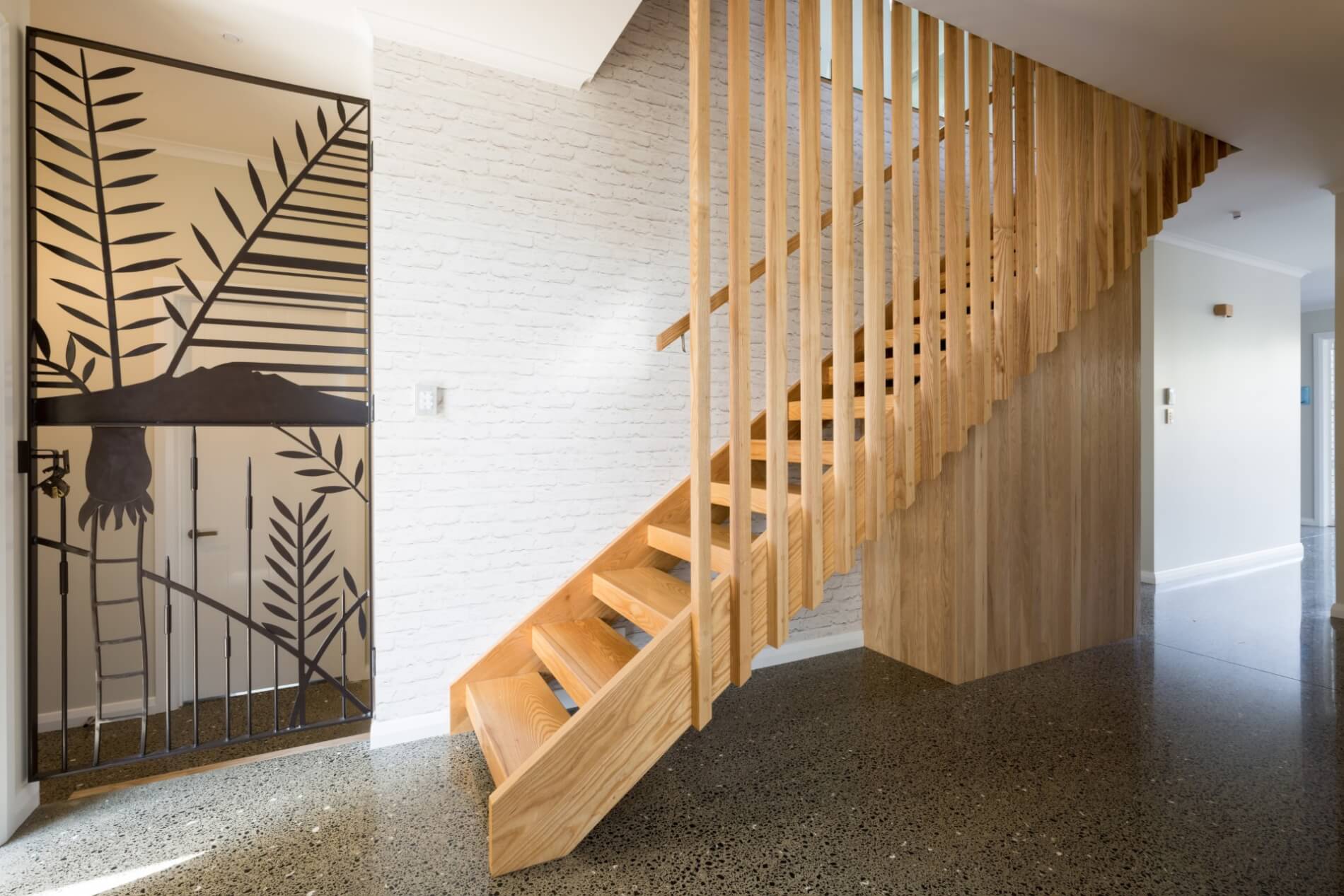
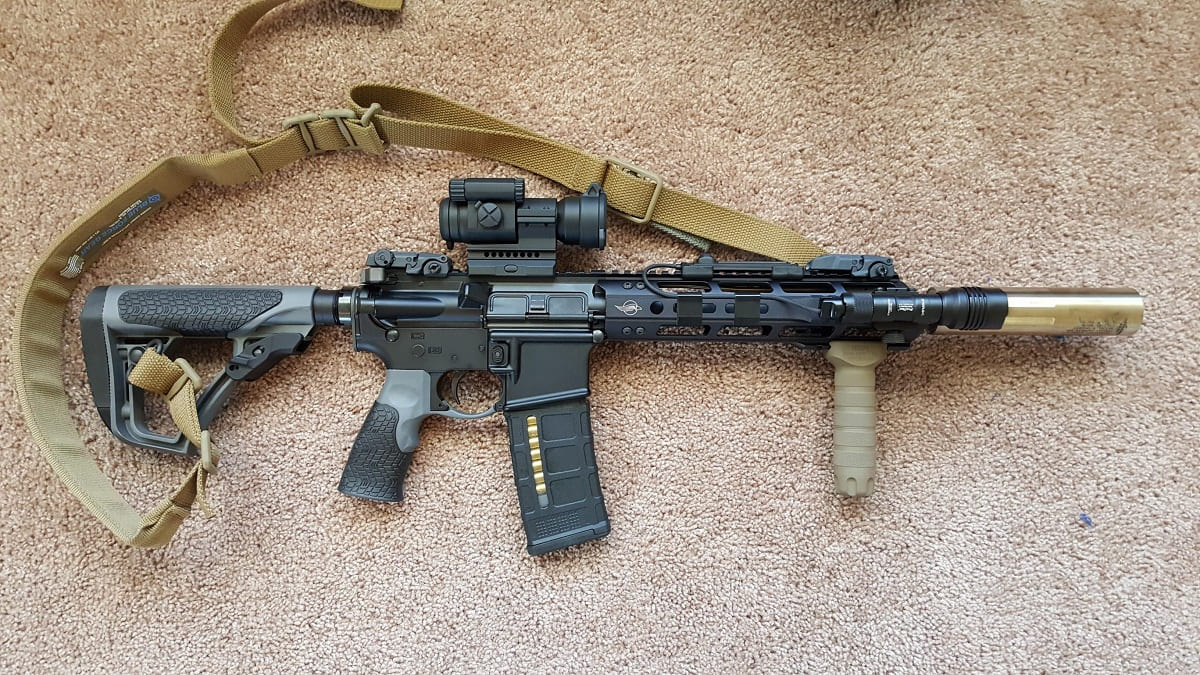
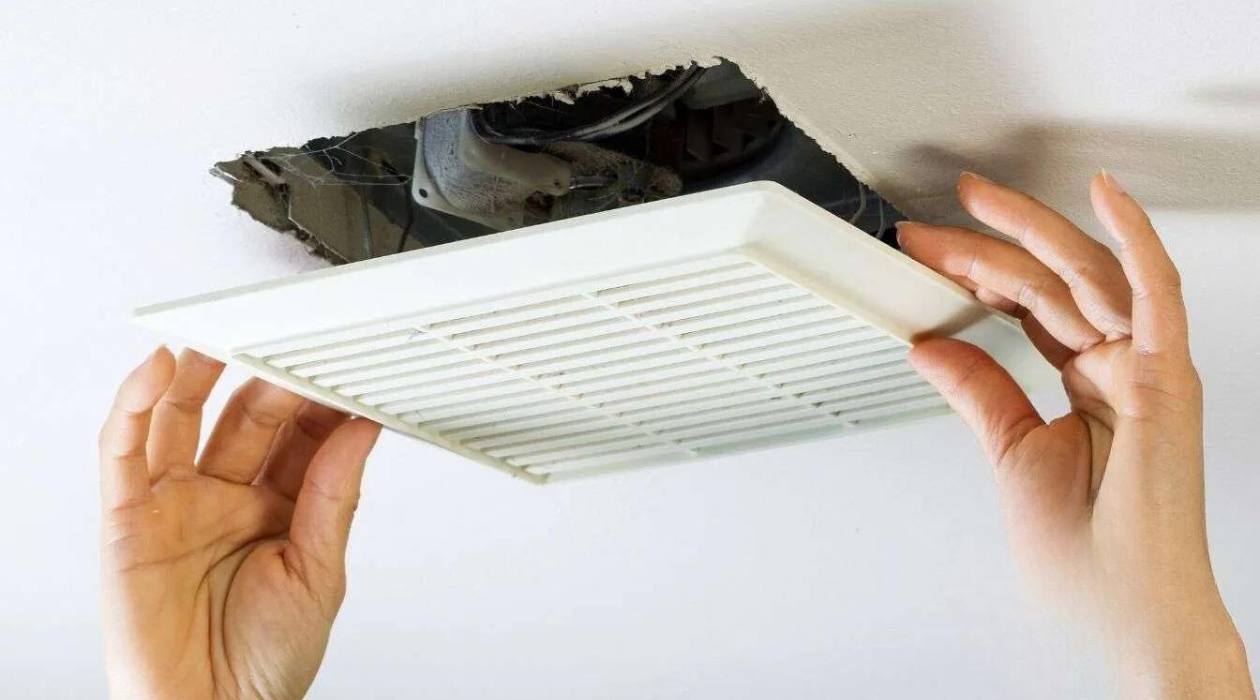
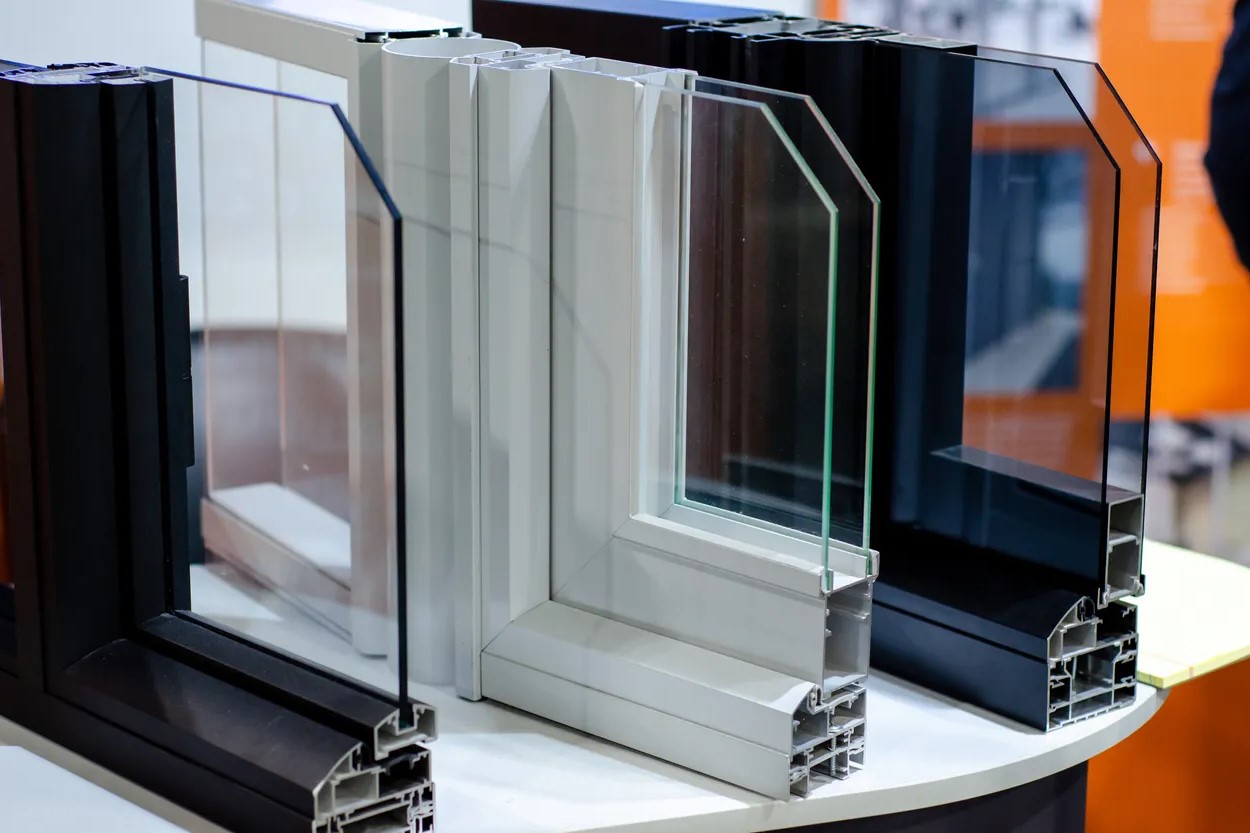
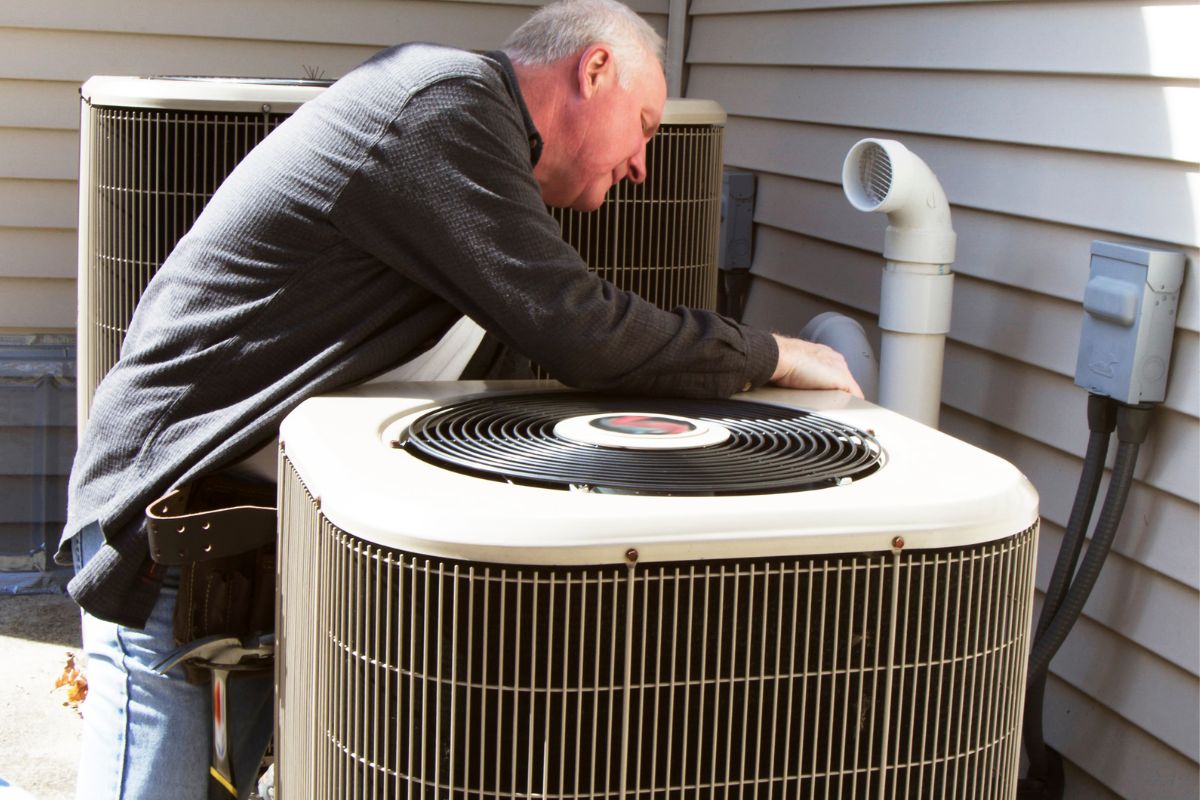

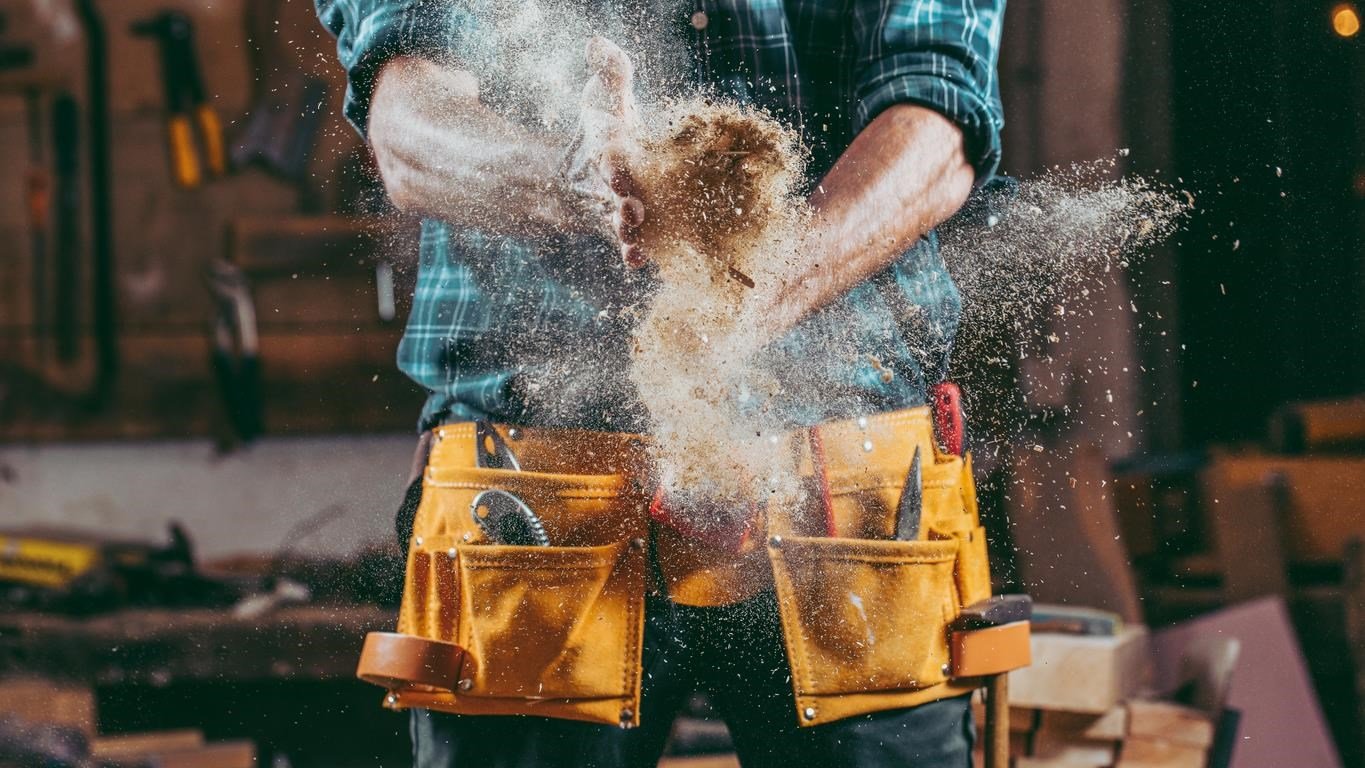



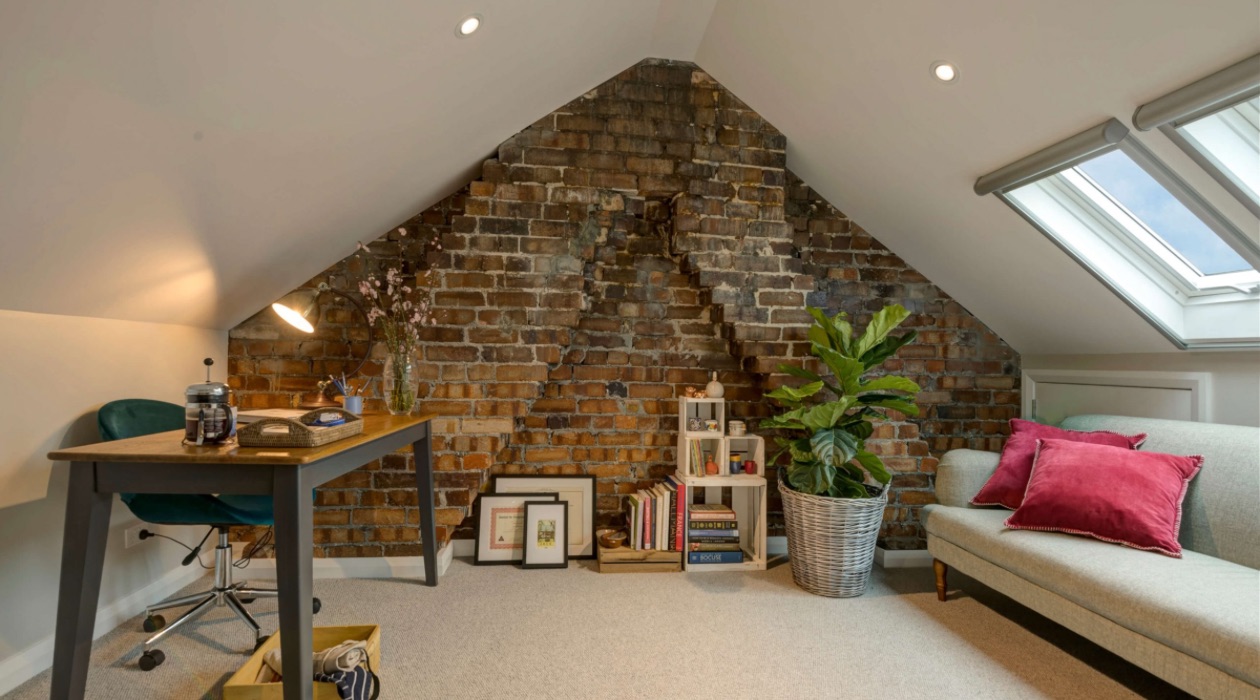
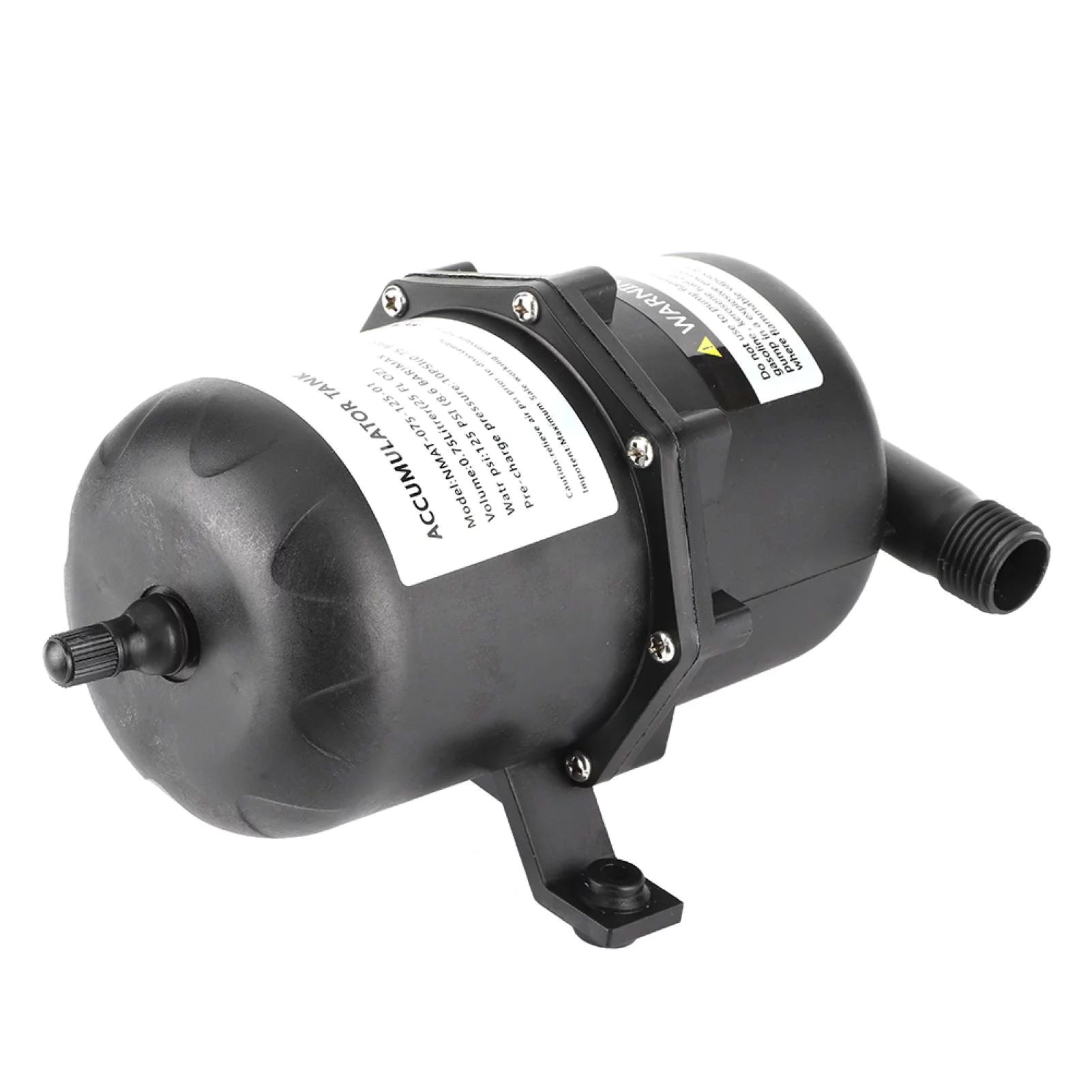

0 thoughts on “How To Reduce HVAC Noise”